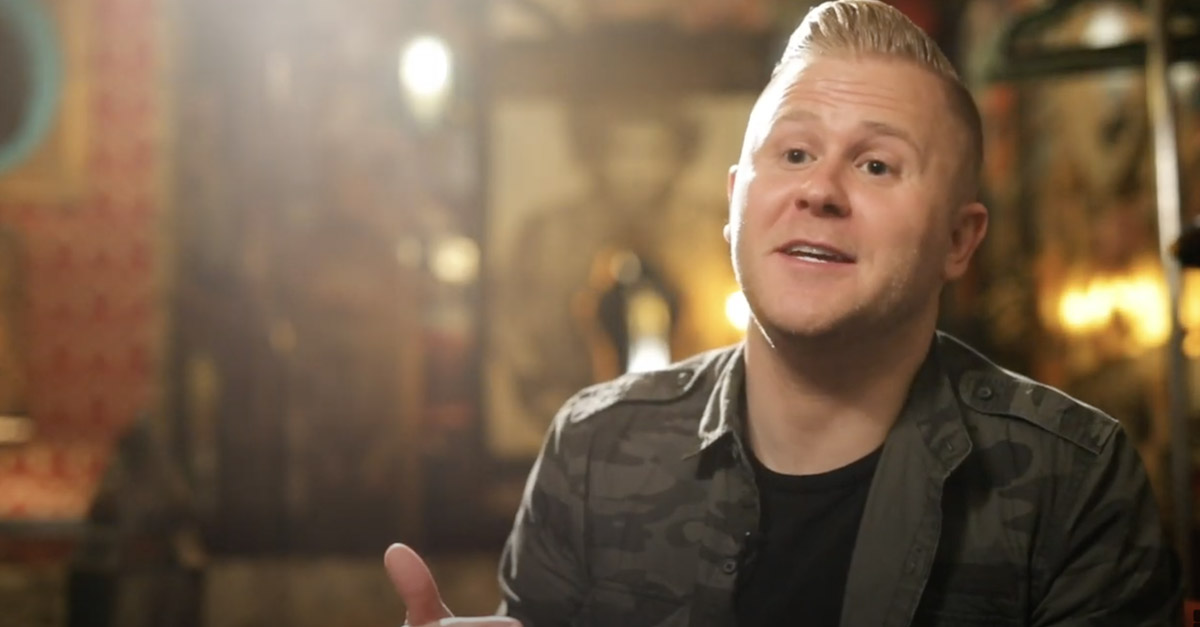The employees we’ve interviewed who loved where they work had a very specific quality in common: they trusted their managers.
One of the biggest misconceptions we come across in our undercover workplace research is the idea that employees have to earn the trust of their managers. If you are a leader who still views loyalty this way, it’s time to flip your script. Because you can’t expect trust if you haven’t earned it yourself.
The employees we’ve interviewed who loved where they work had a very specific quality in common: they trusted their managers. They knew they could ask for help in a crisis; they knew they could express a worry or a complaint without being punished for it somewhere down the line. And because these employees trusted their leaders—meaning they didn’t have to perform under the weight of anxiety or resentment—they felt free to return that same loyalty.
And we’ve found in our research that they return it by the boatload.
Creating Employee Trust Through Designed Moments
Earning that level of trust from your staff is not about making a big show of what a great pal you are, or what a super cool boss you can be. It’s about little, everyday actions—I call them “designed moments.” These types of moments are the #1 thing that come up when we ask employees to tell us about a manager who inspired unbreakable loyalty.
What is a designed moment? It’s simply a moment of attention and consideration—one that stands out and feels like the opposite of the daily routine. Moments like these can have a sense of wonder to them, giving an employee a deep sense of being noticed, supported, and even cared for. Think of them as a personalized action you can take to turn an ordinary workday into a powerful memory.
Sounds pretty incredible, right? But, it’s more subtle than you think.
Here are just a few real-world examples of designed moments that made a huge impact on the employees we’ve interviewed:
• Inviting the team out for a surprise lunch
• Sending a six-month supply of diapers to an employee who had a new baby
• Launching a GoFundMe campaign for an employee who was having a health crisis
• Picking up the phone and checking in on how an employee was doing after an ambitious project fell through
• “Calling out” an employee’s contribution to a success, and offering a heartfelt thanks
• Recognizing an employee’s specific talents, and the future the manager saw in them
Get the idea? Simple, thoughtful actions, made regularly over time with each employee.
Building a Bank Account of Trust
Do these moments seem small? Well, they are. But it’s their very smallness that packs such a powerful degree of surprise and meaning for the employees who receive them. That’s the amazing thing about designed moments: it isn’t about staging a huge event, like paying for college or sending your employees on a vacation. You’re not holding a lottery, with random big winners. Instead, what you’re doing is making regular deposits of trust.
It’s like building a bank account of loyalty with each of your employees. And, just like with a bank account, when you deposit a lot—even if it’s slowly, in small amounts—you can ask for more in return.
Over time, each of your designed moments—each investment you make in care, attention, and praise—will move your employees closer to a relationship founded in trust, connection, and, yes, even love. But you can only reap those returns if you keep making your deposits.
And I mean with each employee, as often as you can.
Challenge: Create a Designed Moment
There is no recipe for a designed moment—and that’s because they have to be genuine, and—this is the most important thing—they have to be personalized both to the situation and to the employee. So, to determine the best way to design a moment for a given employee, you have to invest your time and interest in that person, and get to know them as an individual: their talents, goals, hopes, dreams, interests—and disinterests, too.
Here’s where to start: with one single employee. Pick someone—perhaps a person you’ve been struggling to connect with—and try to design one moment that will have meaning for that person. Is there a big life event on the horizon you could acknowledge or support? Something they have accomplished at work to celebrate? What kind of action could you take that might startle them out of their daily grind—in a really good way?
Can’t think of anything? That’s a clue you need to start a little further back. Invest some time in getting to know that employee better. Work alongside them. Ask about their lives. Pay a little more attention to how their workday is going. This groundwork will give you better insight into what might make an impact for that individual.
Remember: deposits of trust aren’t about making a big show. They’re about simply being there for your employees, both in the literal and metaphorical sense.
It’s Time to Take Responsibility for Trust
If you want your people to truly commit to you, you first have to earn it. Yes, winning that trust—building those individual bank accounts—takes effort and time (sometimes lots of time). But once you have loyalty, it’s contagious—and it won’t be long before you’ve created a workplace culture in which your whole team has each other’s back.
So, design those impact moments, invest in that loyalty, and keep making those small, everyday deposits of trust. Because if your people trust you, they will give their all for you.




